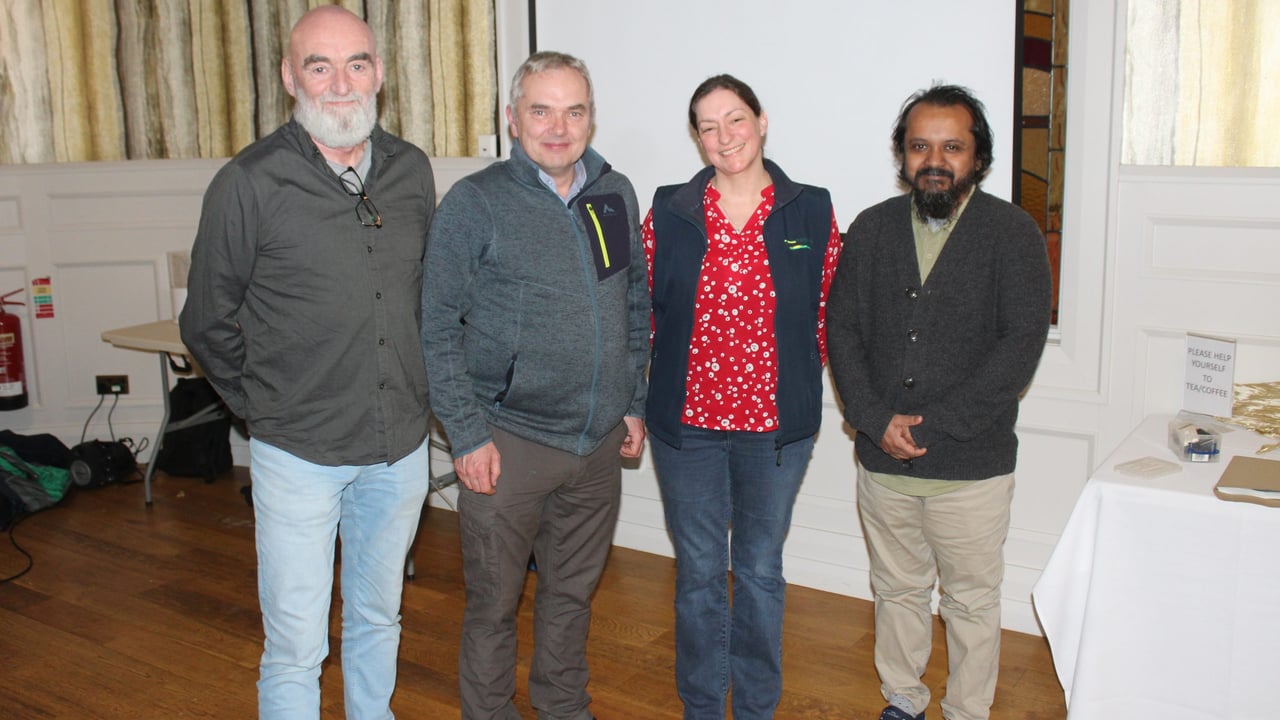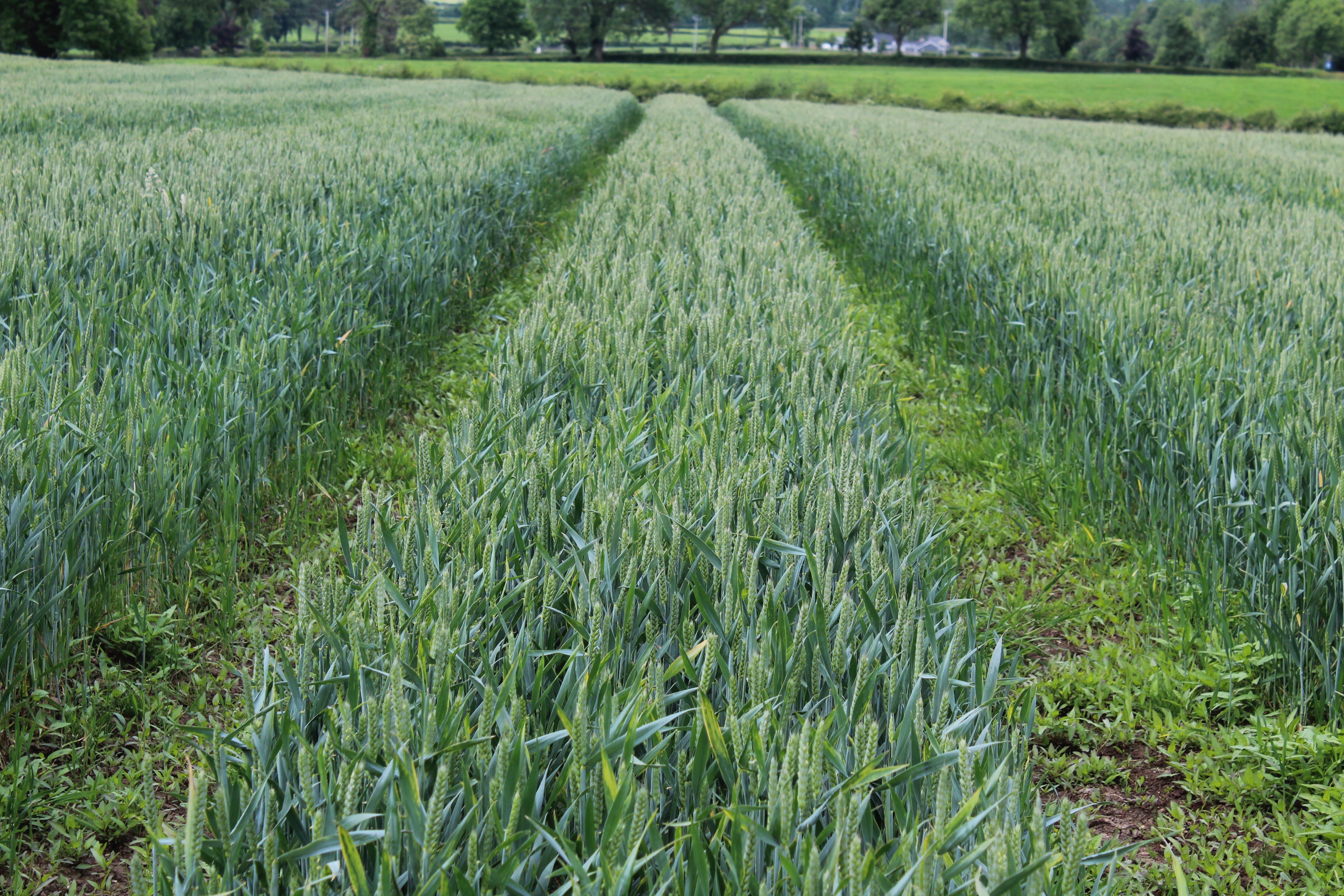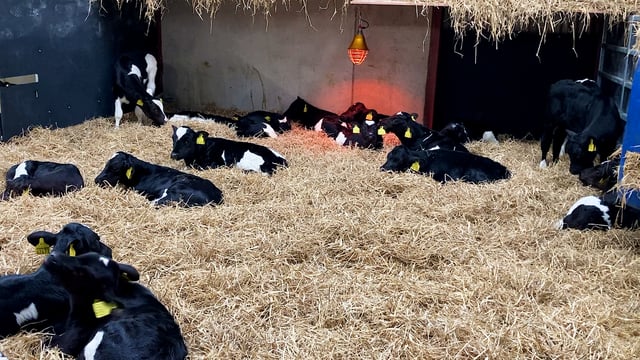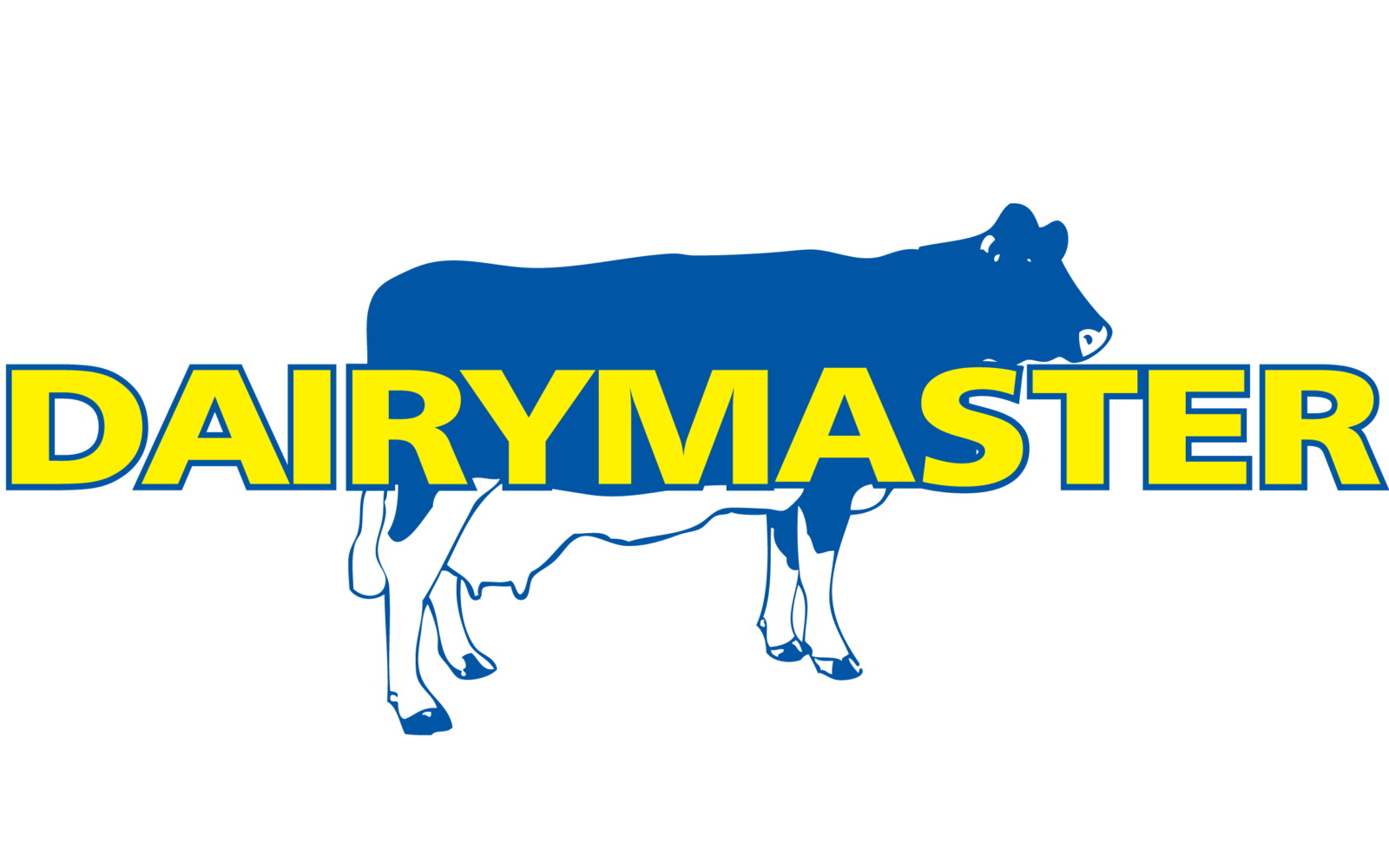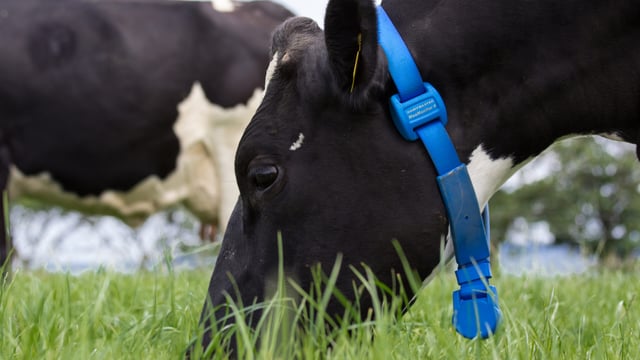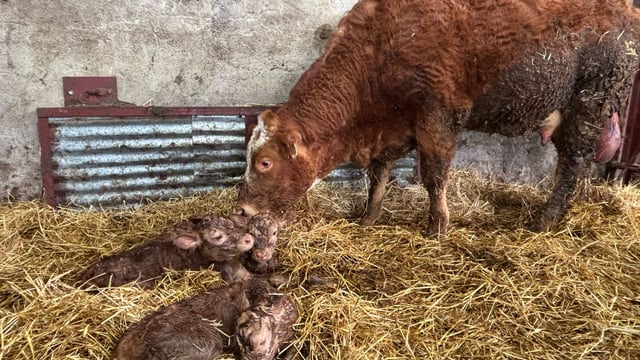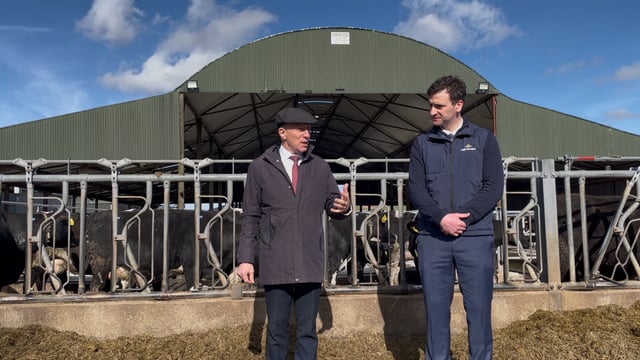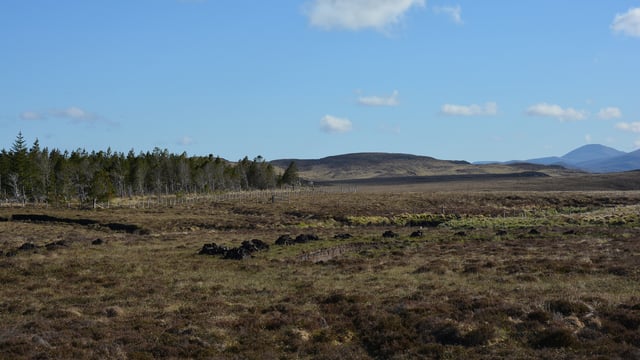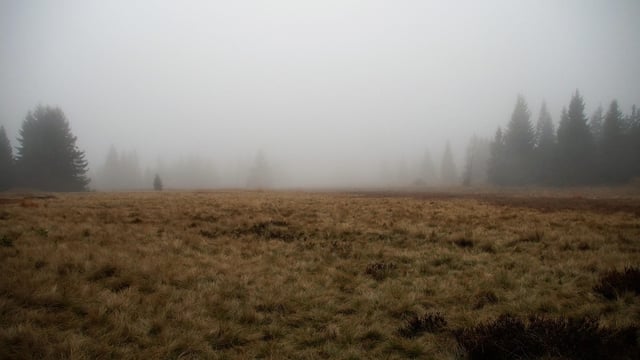Wheat agronomy: Major changes on the way
A number of developments have taken place that will compel tillage farmers to make significant changes to their wheat agronomy practices.
This is according to Teagasc tillage specialist, Shay Phelan, who was speaking at a recent crops seminar, held in Co. Donegal.
Driving this change will be a combination of factors, including the growing threat of herbicide resistance in annual meadow grass and a re-classification of the fungicides used on Irish wheat crops.
Phelan explained: “Annual meadow grass populations have now become resistant to a number of post-emergent herbicides."
In turn, this will restrict the impact of using these products on winter wheat crops during the winter wheat crop season. This has been a standard grass weed control approach on many farms up to this point.
He continued: "Looking ahead, the option for growers will be to use a pre-emergent product directly post-drilling.”
The Teagasc representative went on to paint a picture of increasing numbers of herbicides and other agrochemicals being withdrawn from use.
“This trend looks set to continue. The chemical tool box available to tillage farmers continues to diminish in size," he said.
"This development will lead to the evolving use of integrated pest management control systems.
“Teagasc is currently assessing the scale of the annual meadow grass herbicide resistance. To this end, farmers with a suspected problem can submit annual meadow grass samples for testing and analysis. This is a free service that is available from Teagasc," he added.
Turning to the broader issue of weed control within the Irish tillage sector, Shay Phelan indicated that the issue of glyphosate resistance within Italian ryegrass populations is coming down the track.
“This is already the case in countries like Denmark, where the only option now is to switch affected fields back to grass,” he said.
Meanwhile, a review of fungicide efficacy on Irish wheat crops is forcing Teagasc to review its disease control priorities for these crops.
Phelan explained: “Up to now, the main objective has been to target the flag leaf. However there are now strong indications that the best way of doing this is to use the most effective fungicide products available on the first.
“However, it is now evident that the best way of ensuring the flag leaf emerges in a disease-free state is to target the third leaf as it emerges with an effective fungicide treatment.
"This approach ensures that the chemistries applied will be one step ahead of septoria and other fungal disease organisms, in terms of their life cycles," he concluded.

